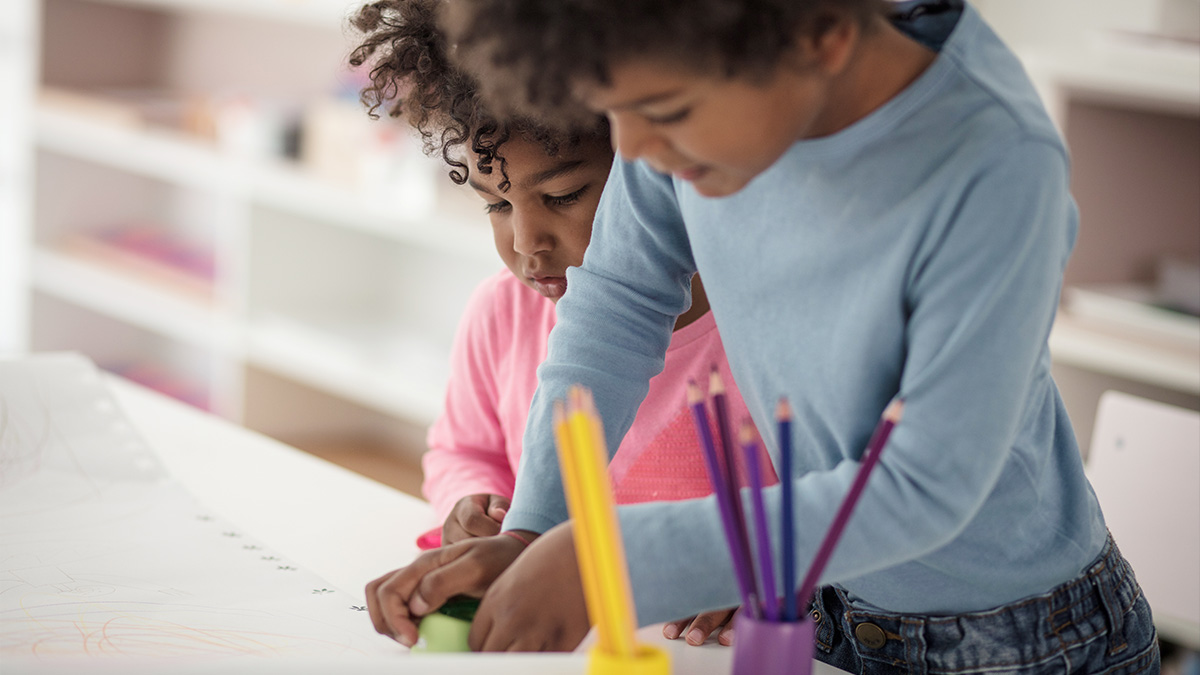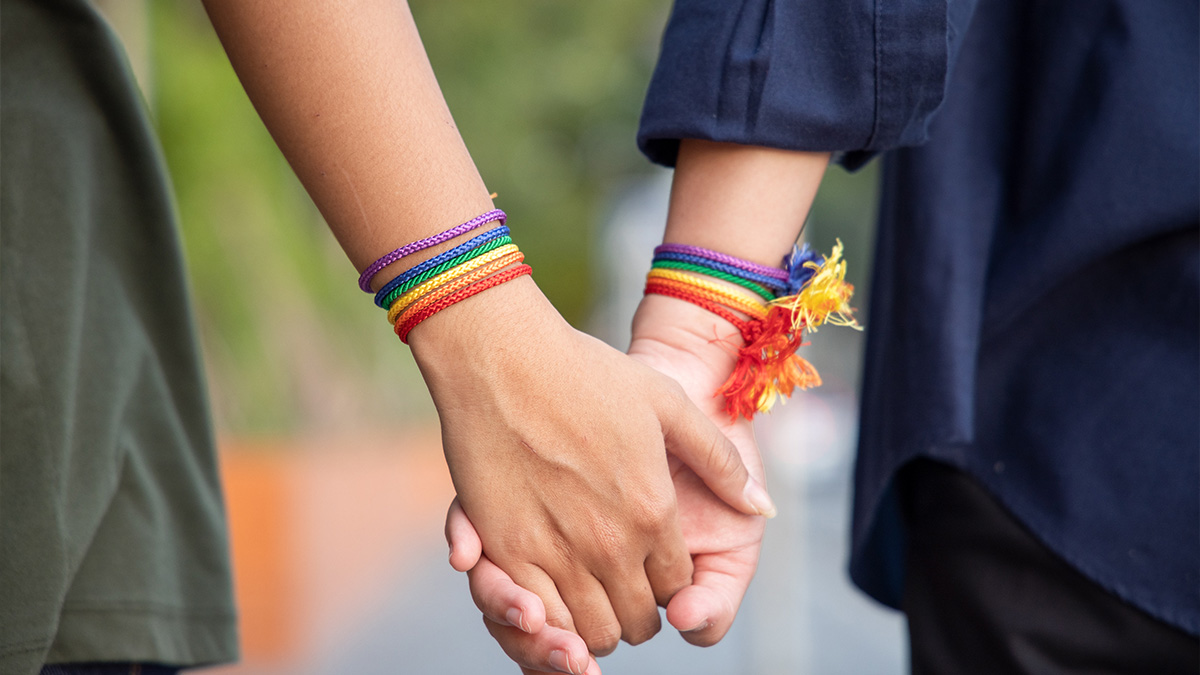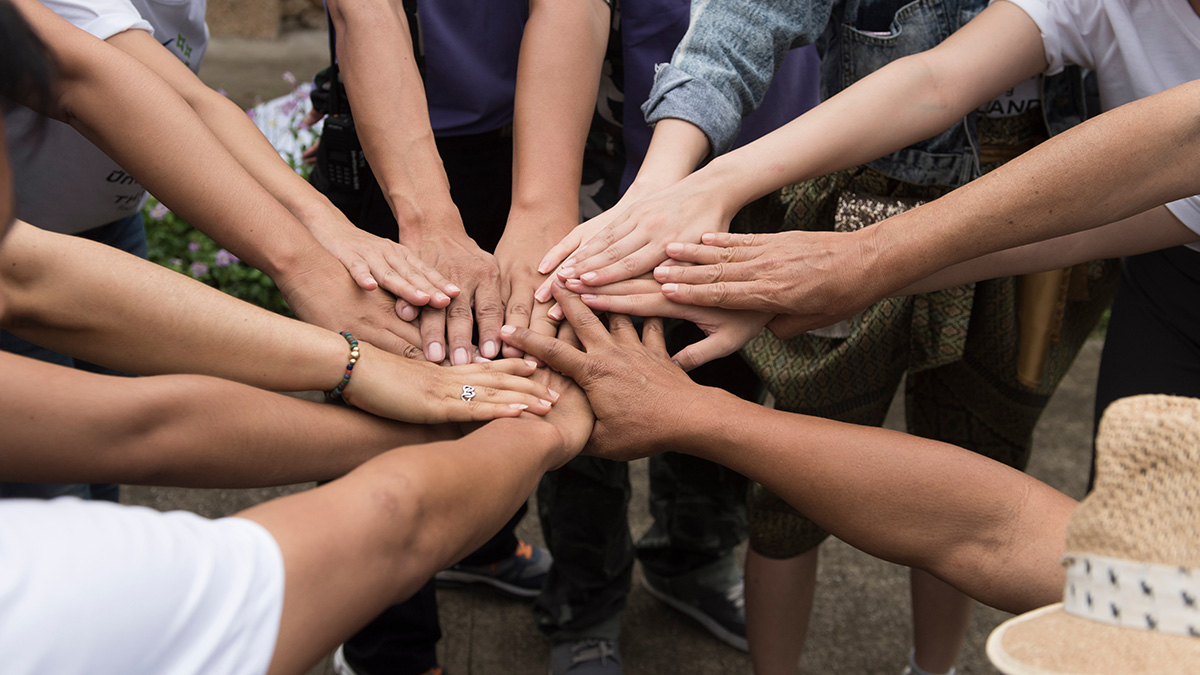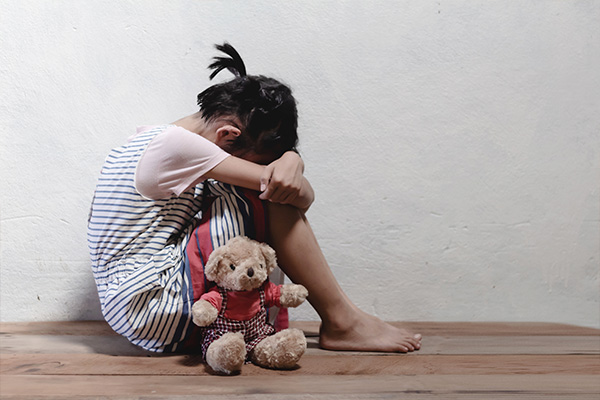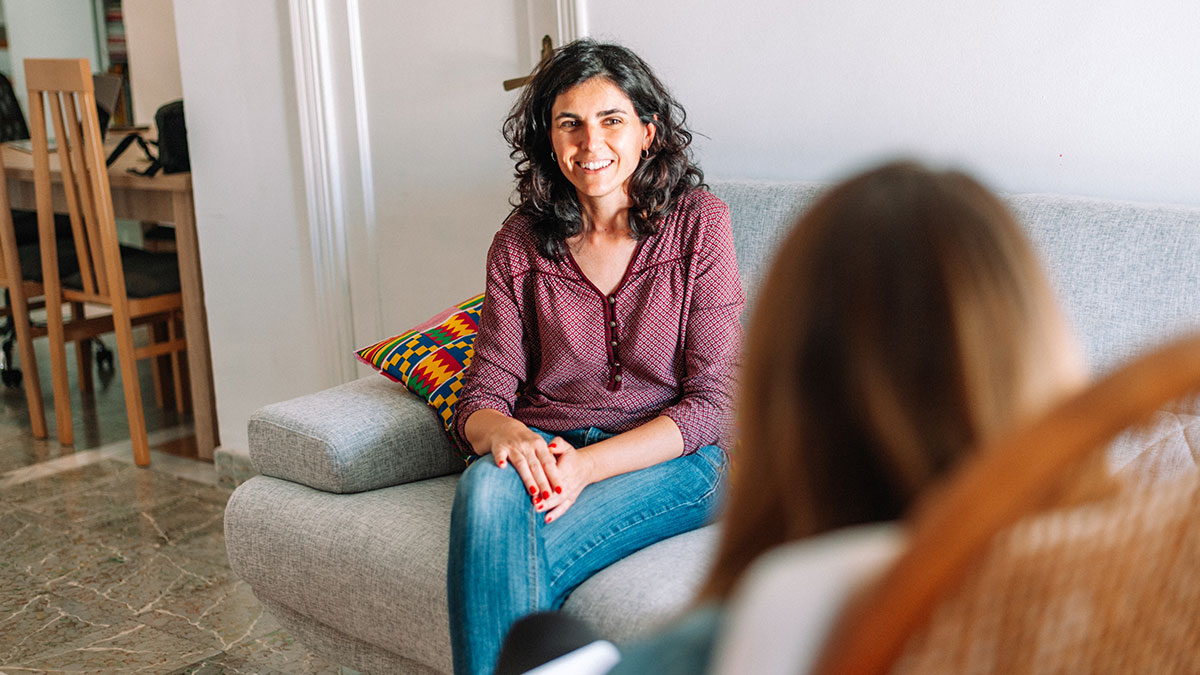Intentional and Informed Learning Environments: A Blended Approach to Disrupting the Disproportionate Placement of Black Students in Special Education
Disproportionality in special education refers to the rate at which students from diverse backgrounds are placed into special education in comparison to their White peers. Disproportionality exists across public schools in America, and efforts to reduce disproportionality have been unsuccessful. Research suggests that black students and black students are rapidly qualifying into special education, receive harsher discipline methods, and are placed into self-contained special education programming at significantly higher rates than all their peers. Black students are twice as likely to qualify for special education under an emotional impairment, and three times more likely than their white peers to be identified as having an intellectual disability. Placing students in special education at monumental rates and misidentifying need is directly associated with negative outcomes, including greater involvement with the juvenile justice system and lesser access to higher education. Rooting practice in theory, this presentation will explore the perceived causes of disproportionality and align them with evidence-based solutions to create viable district-level change.


